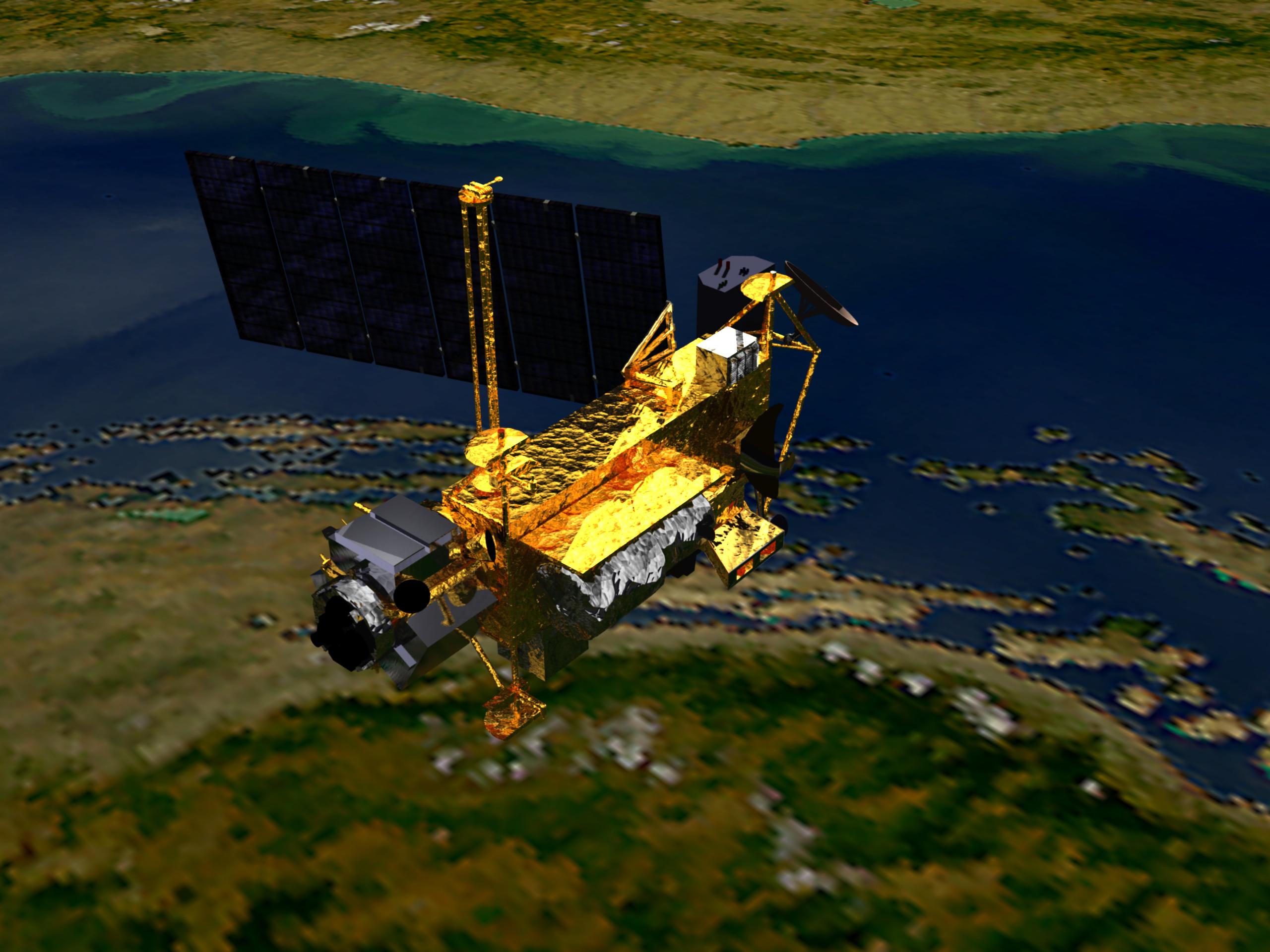A claim was filed against NASA on behalf of a Florida family after a cylindrical object from space crashed through their home, law firm Cranfill Sumner said Friday in a press release.
Homeowner Alejandro Otero filed the claim after an object from space crashed through his family’s Naples home March 8, 2024, according to the firm’s statement. The object reportedly damaged the property but did not result in physical injuries. Cranfill Sumner attorney Mica Nguyen Worthy, who is managing the legal claim, is advocating for her clients to receive compensation for non-insured property damage.
Florida family whose roof hit by debris from space station sues NASA for damages https://t.co/dRy2DrjTDp
— WINK News (@winknews) June 23, 2024
“Space debris is a real and serious issue because of the increase in space traffic in recent years,” Worthy said in the press release. “My clients are seeking adequate compensation to account for the stress and impact that this event had on their lives. They are grateful that no one sustained physical injuries from this incident, but a ‘near miss’ situation such as this could have been catastrophic. If the debris had hit a few feet in another direction, there could have been serious injury or a fatality.”
Worthy also noted how the law treats international incidents, holding the launching state absolutely liable under international treaties, according to the statement. The Oteros are pushing for NASA to apply the same standards to incidents occurring within the U.S., the release states. (RELATED: Boeing Scraps Starliner Mission Launch Carrying Two Astronauts)
Worthy also claimed there was the inconsistency in NASA’s obligations under the Convention on International Liability for Damage Caused by Space Objects, in which the U.S. would be liable if the incident occurred abroad.
“We have asked NASA not to apply a different standard towards U.S. citizens or residents, but instead to take care of the Oteros and make them whole,” she stated in the release. Under the Federal Torts Claim Act, the space agency has six months to respond to the claim, the release adds.

UNDATED: In this artist illustration handout from the National Aeronautics and Space Administration (NASA), the Upper Atmosphere Research Satellite (UARS) is seen. According to NASA, the 12,500 pound satellite will fall from orbit into earth’s atmosphere anytime between September 22 through 24. Image not from story (Illustration by NASA via Getty Images)

383927 13: FILE PHOTO: A close-up view of the solar array panel on Russia’s Mir Space Station’s Spektr Module shows damage incurred by the impact of a Russian unmanned Progress re-supply ship which collided with the space station June 25, 1997, causing Spektr to depressurize. Image not from story (Photo by NASA/Newsmakers)
NASA confirmed in April 2024 the object was a 1.6-pound metal support previously used to mount old batteries on a cargo pallet. NASA ground controllers operated the International Space Station’s robotic arm to jettison a cargo pallet loaded with old nickel hydride batteries, NASA stated. This occurred after the installation of new lithium-ion batteries which were part of power upgrades at the orbital outpost. The hardware ejected from the space station weighed approximately 5,800 pounds.
Otero, who was on vacation at the time of the incident, hurried home after his son informed him of the crash, WINK-TV reported.
“It was a tremendous sound. It almost hit my son. He was two rooms over and heard it all,” Otero told WINK-TV. “Something ripped through the house and then made a big hole on the floor and on the ceiling. When we heard that, we were, like, ‘Impossible,’ and then immediately I thought a meteorite.”



